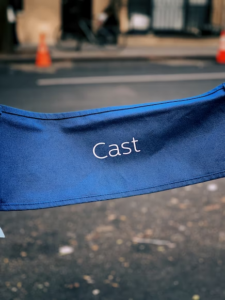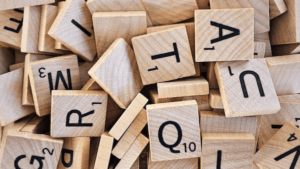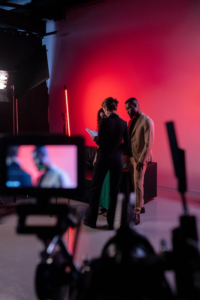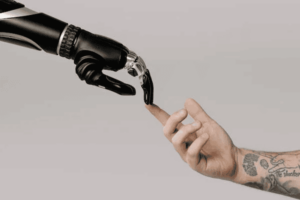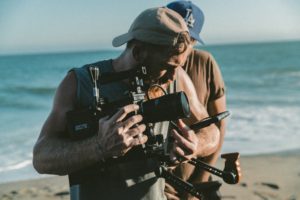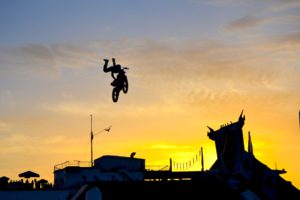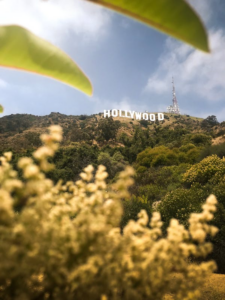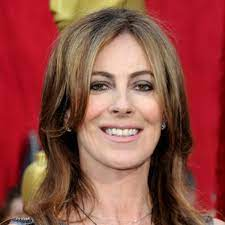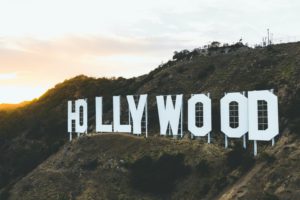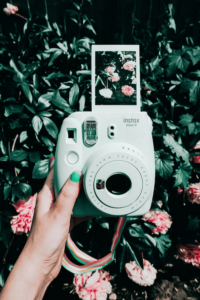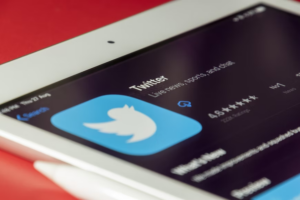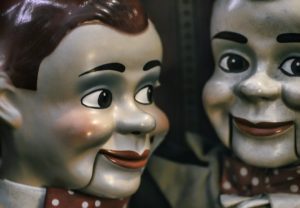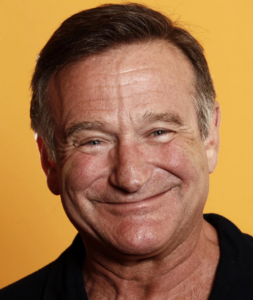A high angle shot looks down at the subject from a higher perspective and can convey information or elicit an emotional response from the audience. It is one of many camera angles that filmmakers can use to contribute to the story they are telling in a film.
Why Use a High Angle Shot?
When the camera looks down at the subject or character from an elevated perspective, the shot is referred to as a high angle shot. It can convey important information related to the narrative, provide details about a character, and generate a response from those viewing the scene. You may choose this angle to suggest that one character has more needs or a lower status than another. Other uses include surveillance, authority, and attaching a sub-human character to a subject.
The high angle shot is one of the many camera angles that can make a difference in the watching experience for the audience.
Narrative High Angle for Giving Narrative Information
If you want to provide information related to the narrative, a high angle shot can provide a wider view of the space or setting, such as a battle sequence or a massive crowd of people. In this case, the high angle shot is typically giving context to the scene.
Visceral High Angle for Emotional Response
A high angle shot designed to generate an emotional response may evoke the natural human fear of heights, so shooting from an extreme angle can establish tension or fear.
Character-Driven High Angle
When you shoot a character from above, this angle can signify vulnerability. The angle provides a psychological vantage point, putting viewers above the character in the frame.
Standard High Angle Shot
High angle shots can vary dramatically in their positioning and usage. A standard high angle shot frames the subject from the waist up, which is the opposite of the low angle shot.
 Scene from “The Wrong Man“
Scene from “The Wrong Man“
Wide High Angle Shot
Combining the high angle shot with a wider frame is fairly standard among filmmakers, as widening the shot helps to show more of the setting or reactions among characters.
 Scene from “Psycho“
Scene from “Psycho“
High Angle Stack and POV
Another classic use of the high angle shot combines it with the first-person point of view. By shooting from the distance of the character in the scene, the audience feels like they are part of the narrative.
 Scene from “Vertigo“
Scene from “Vertigo“
High Angle Shot Examples
You can see a number of examples of the high angle shot on the big screen.
Harry Potter
In the “Harry Potter” franchise, scenes that feature Dobby the house-elf are shot from above, signifying how the characters in this world view and treat house-elves.
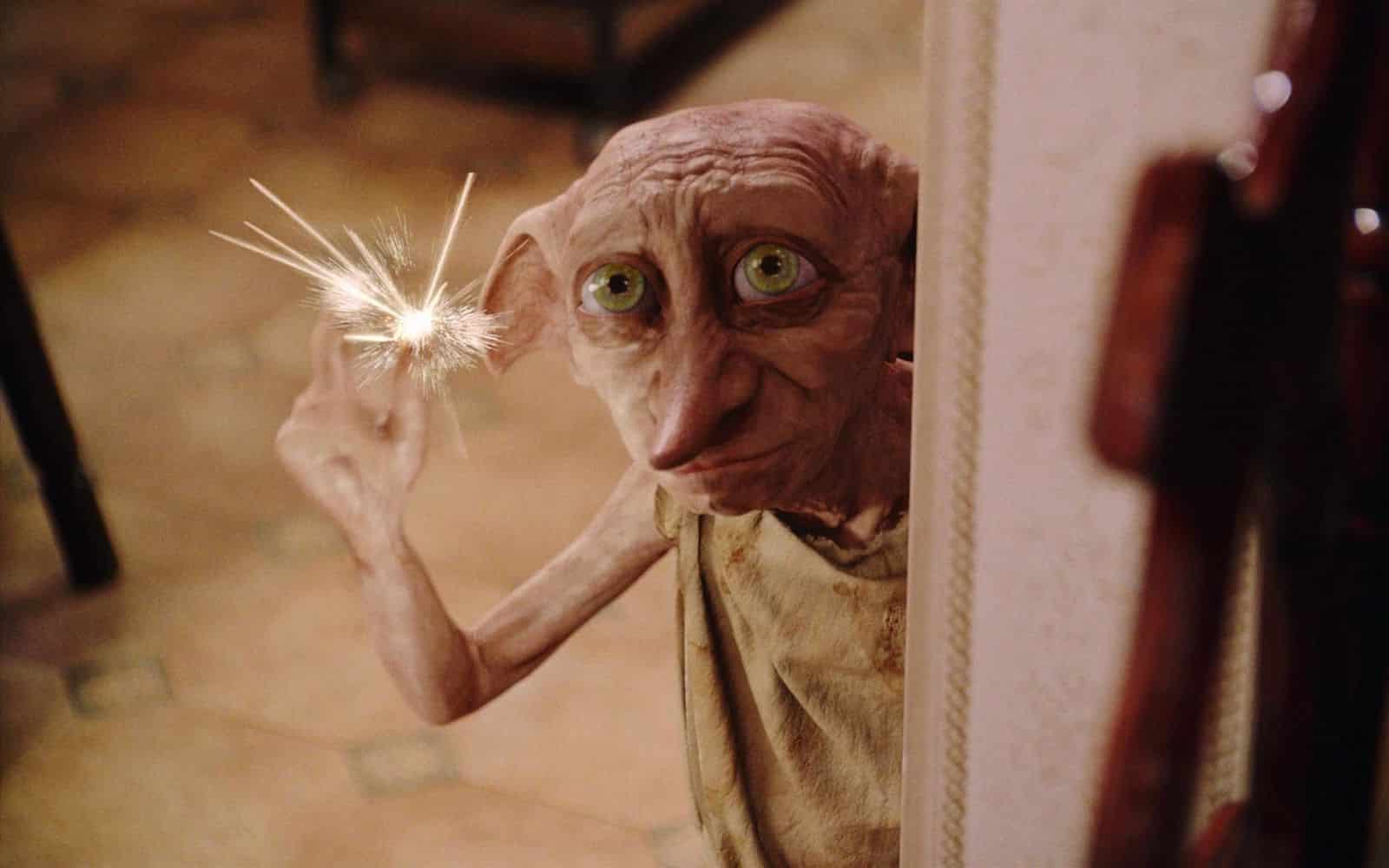 Scene from “Harry Potter and the Chamber of Secrets“
Scene from “Harry Potter and the Chamber of Secrets“
In the final installment of the “Harry Potter” series, a high angle shot shows the power Voldemort has over Harry during the battle scene. The contrasting low angle shot that follows features Harry grabbing Voldemort’s neck and prevailing.
 Scene from “Harry Potter and the Deathly Hallows Part 2“
Scene from “Harry Potter and the Deathly Hallows Part 2“
Lord of the Rings
Another magical franchise, the “Lord of the Rings” series, conveys the amount of power the ring holds over Frodo by often shooting from above. The use of the high angle shot in this series shows that Frodo is held powerless beneath the ring.
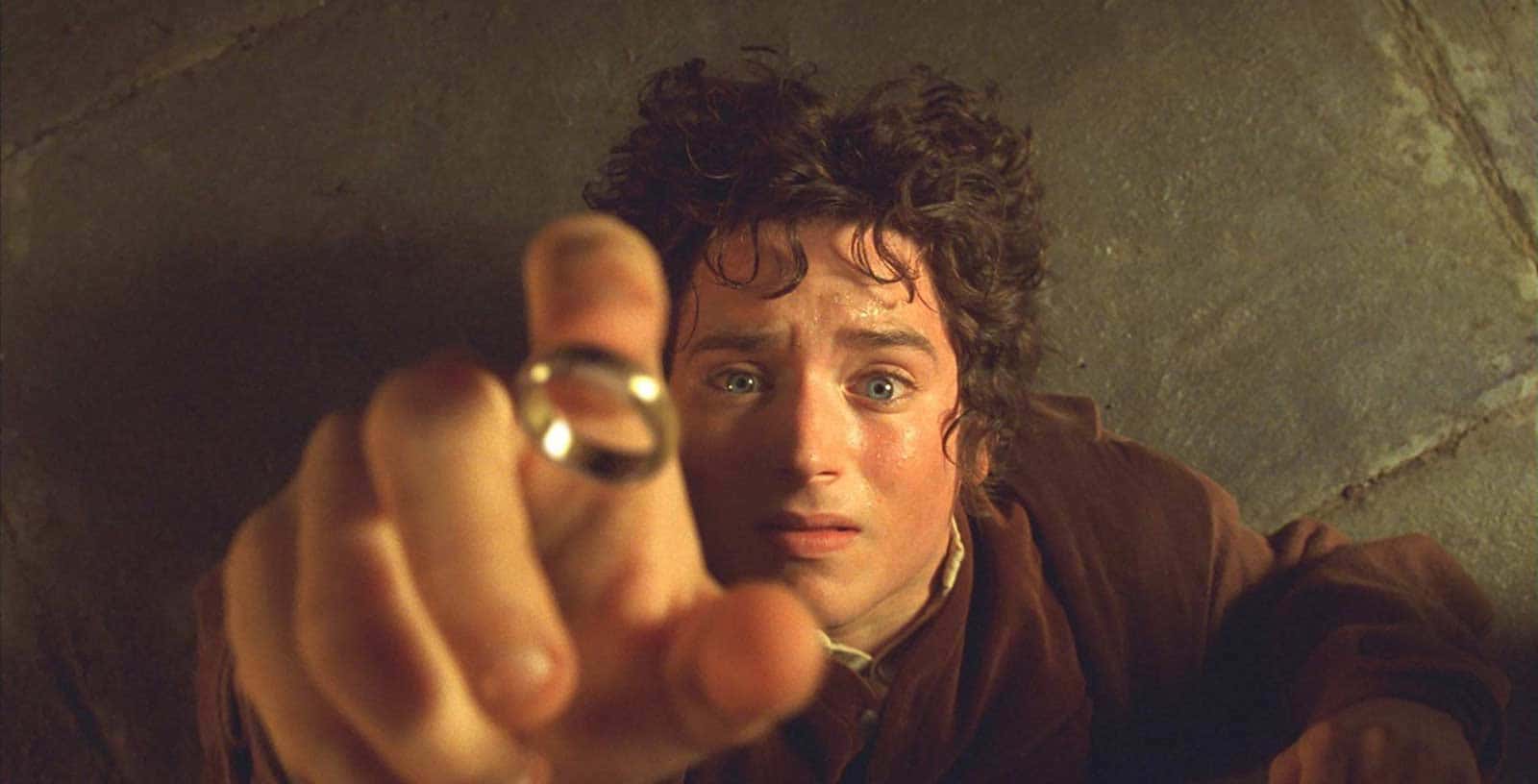 Scene from “The Lord of the Rings“
Scene from “The Lord of the Rings“
Titanic
In one of the early scenes in “Titanic,” Rose is filmed from above as she contemplates jumping off the front of the ship. This shot choice conveys her loss of control over her own life, framing her against the massive backdrop of the ocean.
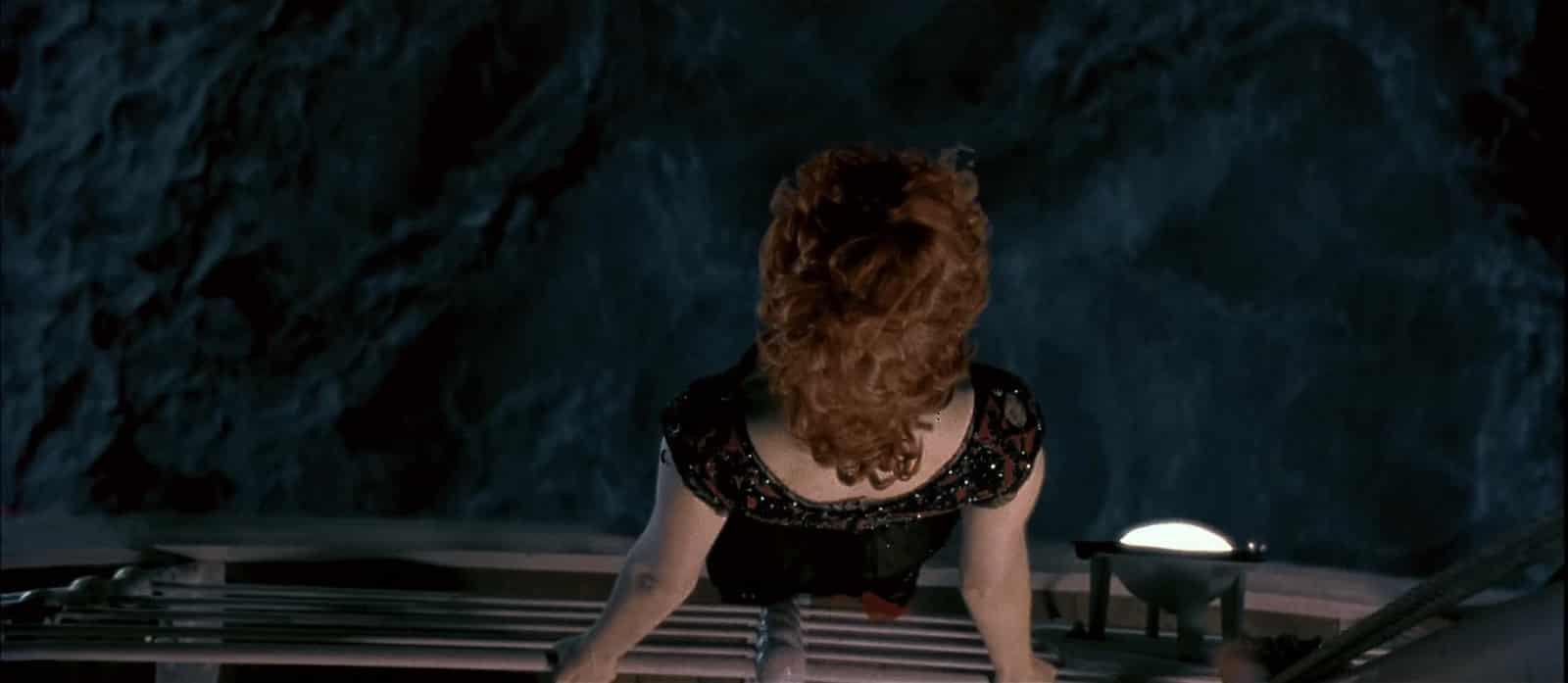 Scene from “Titanic”
Scene from “Titanic”
The Princess Bride
In “The Princess Bride,” the audience watches from above as Wesley climbs a wall in search of his beloved Princess Buttercup. By filming a high angle shot, viewers understand that the task is challenging, and the odds are against him, yet the high contrast and bright lighting provide an encouraging boost to the scene.
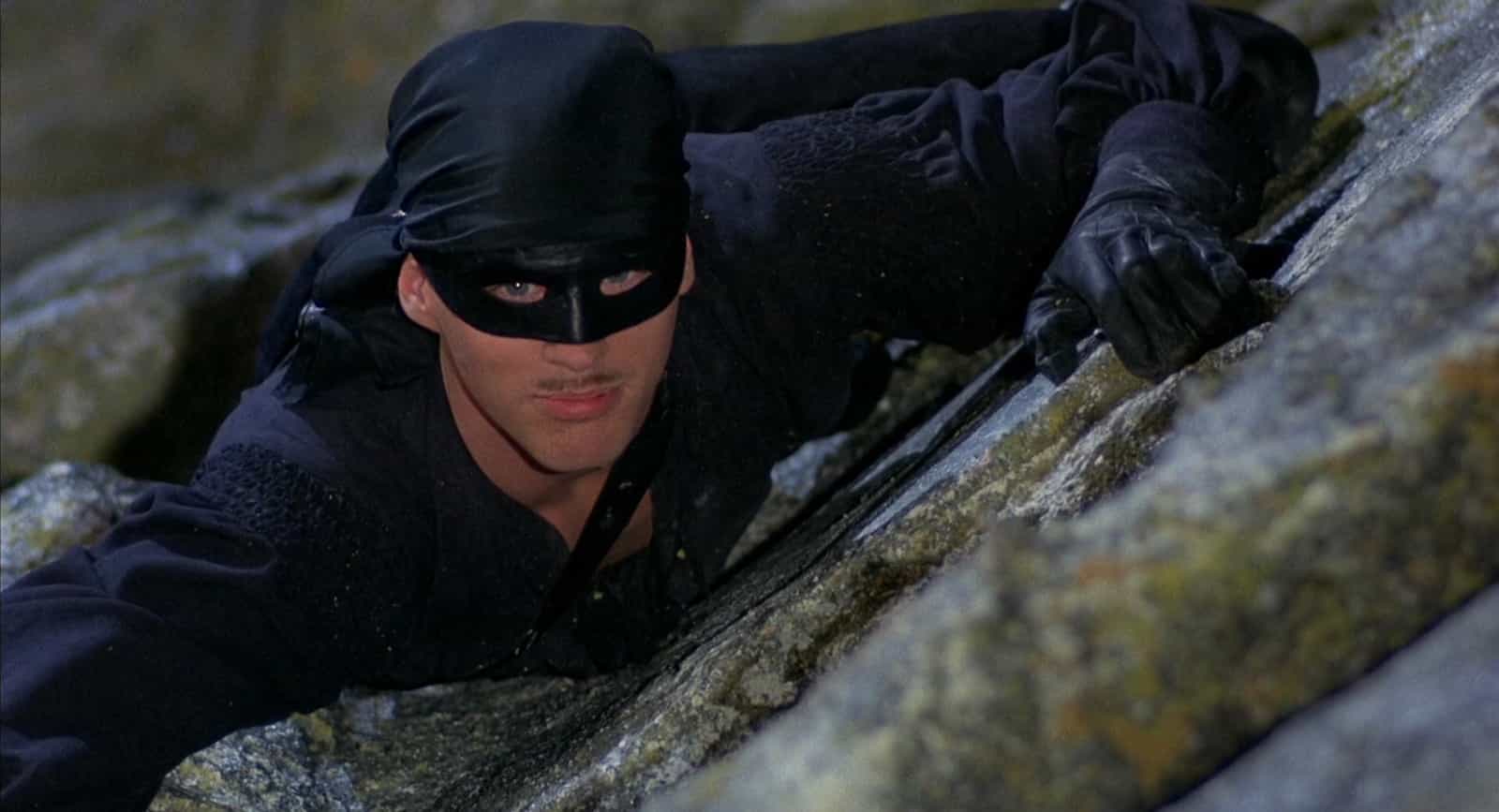 Scene from “The Princess Bride”
Scene from “The Princess Bride”
Citizen Kane
A high angle shot in “Citizen Kane” shows the title character surrounded by newspapers in his operation, which effectively conveys the scale of his business, as well as the metaphorical representation of an individual being swallowed by the power of the press.
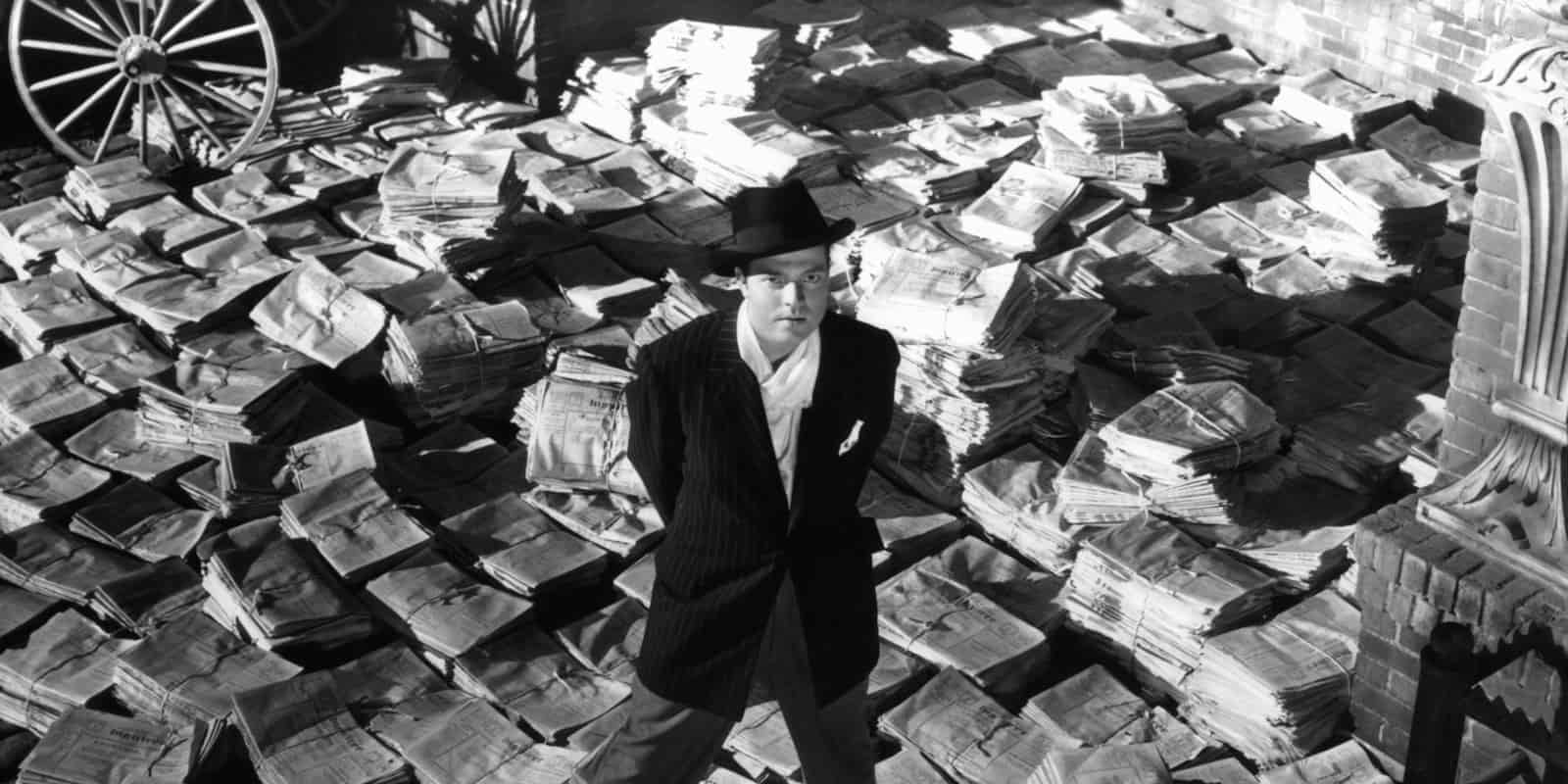
Scene from “Citizen Kane”
In another example, a character looks down upon his political rival during a rally.

Scene from “Citizen Kane”
Moonrise Kingdom
In Wes Anderson’s “Moonrise Kingdom,” we see Edward Norton’s character from above to showcase the powerless feeling he experiences when surrounded by difficult campers.
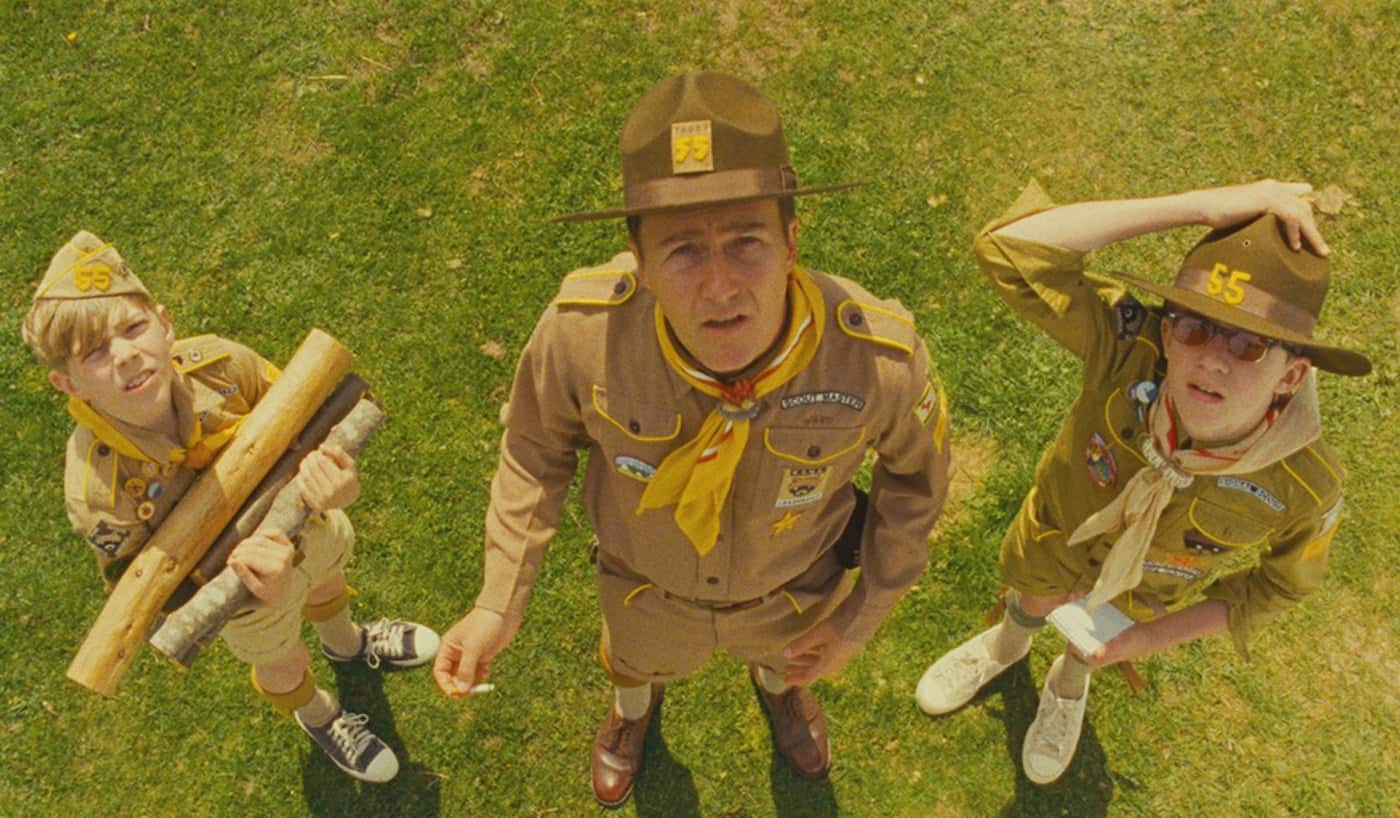 Scene from “Moonrise Kingdom”
Scene from “Moonrise Kingdom”
The Shawshank Redemption
The high angle shot may also be used to show a higher power. In “The Shawshank Redemption,” Andy is bullied by just about everyone in the story but steps into the rain and experiences relief as the water washes over him.
This shot choice signifies the higher power of the rainfall, as well as Andy’s expression of gratitude for freedom.
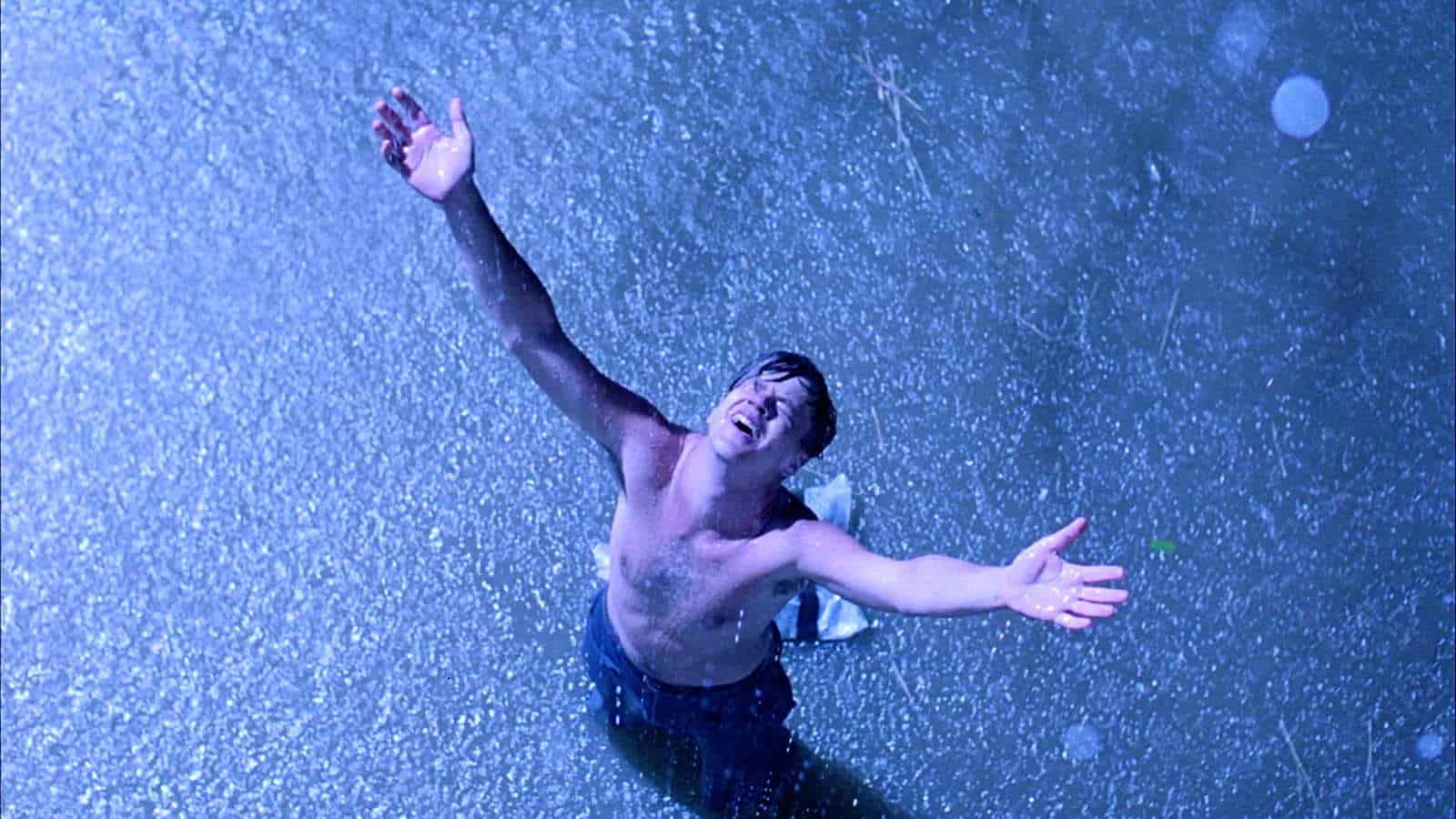 Scene from “The Shawshank Redemption”
Scene from “The Shawshank Redemption”
The Avengers
As the Avengers prepare for an incoming battle in the 2012 installment of the franchise, the audience sees them from above, showcasing the fear, shock, and awe that is evident on the characters’ faces.
 Scene from “The Avengers“
Scene from “The Avengers“
O Brother, Where Art Thou?
Utilizing movement with a high angle shot can transform the feel of a scene, especially when the movement connects two types of shots. In “O Brother, Where Art Thou?” the Coen brothers frame George Clooney as he is looking toward the heavens for help. As the camera pans up with his movement, the noose becomes visible in the upper part of the frame.
You can see additional examples of high angle shots in many popular films.
Subtle Uses of High Angle Shots
While a high angle shot can be dramatic, some directors choose to use this technique more subtly to express nuanced emotions. For example, in “Misery,” the tilt of the camera to create a subtle high angle shot helps to convey the fear and misery felt by James Caan’s character.
In “I Am Legend,” the slight placement of the camera just above Will Smith’s eye level evokes an uneasy and worried feeling.
High Angle Shots in Hitchcock
Alfred Hitchcock is famous for using high angle shots in his thrillers, often capturing characters from above when they experience a sudden revelation or are about to die. Hitchcock uses the angle so frequently that fans have categorized his high angle shots into four key categories:
- Depression/shock
- Danger
- Subjective camera
- Providing a scene overview
Psycho
In “Psycho,” the high angle shot shows the victim from the point of view of the killer as he prepares to incite violence against him.
 Scene from “Psycho”
Scene from “Psycho”
Vertigo
In “Vertigo,” the audience is constantly trying to catch up to what is happening onscreen.
By shooting Jimmy Stewart’s character from above in nearly every scene, Hitchcock helps viewers to understand the character’s discomfort with heights, as well as feel sorry for him.
 Scene from “Vertigo”
Scene from “Vertigo”
How to Shot List Your High Angle Shots
When you’re creating a film, part of the pre-production process is creating a shot list that includes how you want to shoot each scene. In order to create high angle shots, you’ll need to determine what equipment is necessary, such as a crane, camera sticks, or a drone. Additionally, you must determine the details of each shot, such as the depth of field, any planned movement, and the level of focus.
How High Angle Shots Convey the Story
A high angle shot is a versatile option for filmmakers, as it can convey different tensions and emotions. The selections you make alongside the angle of the shot, including camera movement and lighting, will impact the outcome.
Along with the high angle shot, it’s helpful to understand all the different shot choices filmmakers use to convey certain emotions and situations.
Becoming a well-rounded filmmaker starts with knowing the best techniques used in the industry today. Apply for the Cinema Production Diploma at Nashville Film Institute to begin your career.
